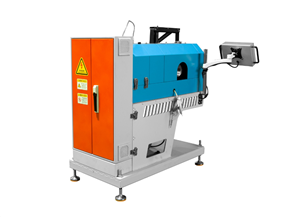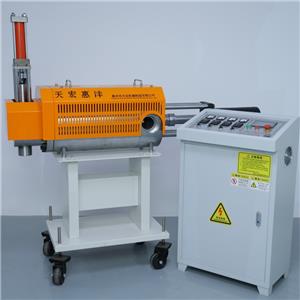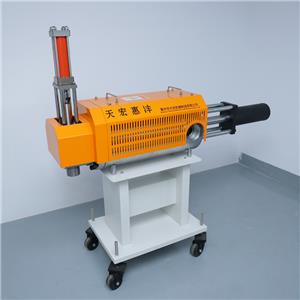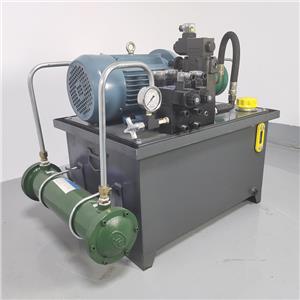Beverage bottles return to beverage bottles: rPET helps create a new vision of green recycling
Driven by the "dual carbon" goals and the green development strategy, the recycling of plastics has become one of the key focuses of the industry and policy-makers. The同级利用 (equivalent-level utilization) of plastics used in food contact—such as remanufacturing recycled PET beverage bottles into rPET beverage bottles—is regarded as the direction with the most significant environmental benefits in plastic recycling and an important path to achieve high-quality green development.
Research data shows that the recycling rate of PET beverage bottles in China is 96.48% - 97.63%, which is at an internationally advanced level. However, most of the recycled PET is used in non-food fields such as chemical fibers, automobiles, and daily chemical products, while food-grade rPET products are mostly exported to overseas markets. Internationally, the "first同级 then downgrading" approach for PET has many years of application experience. This model not only extends the life cycle of PET but also significantly reduces carbon emissions throughout the entire life cycle.
"The equivalent-level utilization of food-grade rPET is a typical example of high-value recycling of plastics and an inevitable trend in promoting the construction of a circular economy system in China," introduced Director Zhong Huaining from the National Key Laboratory of Food Contact Materials (Guangdong). He stated that currently, the European Union and the United States have established a sound safety assessment and approval system for food-grade rPET. Its safety is mainly verified through "challenge tests," which simulate extreme pollution scenarios to prove the effectiveness and reliability of the decontamination capability of the recycling process. Drawing on these international experiences, domestic research institutions have carried out relevant verification studies, and the results show that standardized domestic rPET recycling processes can also meet food safety requirements.
In addition, consumer acceptance is also an important consideration in the promotion of rPET. Survey data shows that more than 60% of consumers support the use of rPET in food packaging. When consumers learn about the positive role of rPET in energy conservation, emission reduction, and resource recycling, they show a greater willingness to pay for products using it. Director Zhong Kai of the Kexin Food and Health Information Exchange Center stated, "Continuing to carry out scientific communication and public education will help improve society's awareness and acceptance of rPET."
The same-grade utilization of recycled aluminum has taken the lead in being implemented, sending a positive policy signal.
It is worth noting that in August 2024, the National Health Commission approved the use of recycled aluminum cans and steel cans for food contact in the production of metal materials and products for food contact. In October of the same year, the national standard "Technical Specification for Grade-preserving Recycling of Aluminum Metal Containers for Food Contact" was officially initiated. The advancement of this standard has also provided an institutional foundation and technical support for the safety assessment and supervision of recycled materials in the field of food contact. The quality control standards and supervision and management specifications for related products are also under research, which will point out the direction for the production and application of food-grade recycled plastics.
Strengthen policy guidance and promote the utilization of rPET
China is the world's largest producer and consumer of PET beverage bottles, but the equivalent-level utilization/recycling for the same grade of use of rPET has not yet been achieved. During the 2025 Two Sessions, Academician Sun Baoguo, a member of the National Committee of the Chinese People's Political Consultative Conference and from Beijing Technology and Business University, called for the prompt clarification of the management mechanism for the production and application of food-grade rPET, the removal of policy bottlenecks, and multi-party collaboration to jointly promote the high-quality development of the food-contact rPET industry.
At present, food-grade rPET produced by Chinese enterprises can only be sold abroad, and some rPET made into beverage bottles flows back through cross-border e-commerce channels, causing a certain degree of resource waste. In the current world landscape, the Chinese mainland is the only major economy that has not yet allowed rPET to be used in food packaging, and the industry expects this important piece of the puzzle to be completed during the "15th Five-Year Plan" period.
Source: Kexin Food and Health Information Exchange Center




